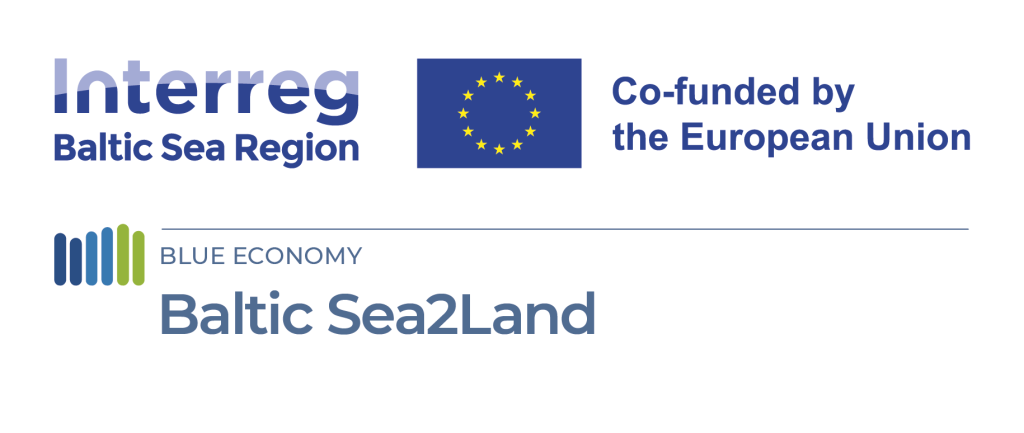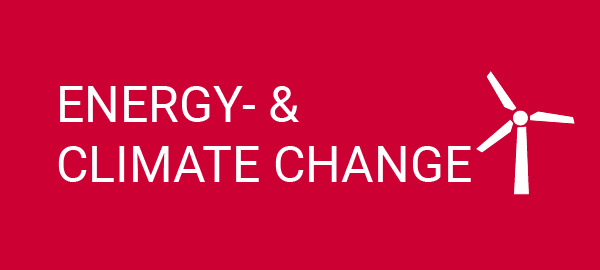At the beginning of this year, we presented the role that the island of Fehmarn plays in our Interreg Baltic Sea2Land project in an article. Specifically, it deals with the question of whether and how Fehmarn can become energy self-sufficient. At that time, the test phase of the Sea2Land project started, in which the feasibility and effectiveness of the so-called “S2L Navigator” was tested using the example of the island of Fehmarn. A lot has happened since then.
First of all, like all other partner organizations, we supported the project coordination in developing the Navigator. To do this, we applied elements of the Navigator to various areas of our Fehmarn case study. What the Navigator actually is, how it relates to the project and how exactly it works you can find out here.
To this end, there was a regular exchange with the Fehmarn Environmental Council, with whom we work closely. Continuous consultation with the Environmental Council was also necessary, however, as we were able to welcome all of the project’s partner organizations to a joint conference in June, both in Hamburg and on Fehmarn. The conference was very successful; work was carried out in the Goldbekhaus in Hamburg. On Fehmarn there was again a day excursion, which covered all the topics of the S2L project.
However, we also exchanged information with the Environmental Council about stakeholders on Fehmarn who are relevant to the pilot. We then invited them to joint discussions to talk about how Fehmarn can achieve the goal of energy self-sufficiency. These included representatives of the municipality of Fehmarn as well as energy experts.
Among others, we met with representatives of an energy supply company from Schleswig-Holstein that specializes in local heating networks that can be operated with renewable energies. We discussed with them whether local heating networks on Fehmarn, particularly in Burg auf Fehmarn, could be a sensible alternative to the current fossil fuel-based heat supply. This local heating is to be produced with the help of large heat pumps and distributed to surrounding households. We will continue to discuss whether and how exactly such a project can be implemented.
We also met with experts from the island’s wind power sector, such as wind farm operators. In discussions with these experts, we found out that a regional power supply is not easy for legal reasons, as electricity must always be transported via the existing grids. This means that, on the one hand, grid fees are payable, which decimates profits, but on the other hand, the electricity is also fed into the national or European grid and is therefore no longer 1:1 regional, but is mixed with electricity from fossil sources and other regions.
In contrast, regional direct lines or alternative regional grids are not permitted by German legislators if the transmission exceeds very close distances (approx. 3 km), as the costs for the operation and maintenance of the supra-regional grid infrastructure should continue to be passed on to all consumers (solidarity system) and individual regions or producers and consumers should not opt out because they operate their own lines.
With the current legal situation, the only alternative is to keep the distance between producers and consumers as short as possible, at least for a pilot test. In the case of Fehmarn, this could work in locations that are in close proximity to wind turbines. Identifying such a location and implementing the energy self-sufficiency project, even if not for the entire island, at least locally, could be part of a follow-up project.
With the help of energy law experts, we want to develop a report that identifies the problems mentioned and shows alternatives to make local, climate-friendly energy self-sufficiency possible. Practical solutions for strengthening local, climate-friendly energy supply are to be identified and serve as potential cornerstones for similar projects in other regions.
Autor: Florian Bortic
The production of this article was supported by the Interreg Baltic Sea Region Programme 2021-2027 – through the Subsidy contract for the project #C018 Baltic Sea2Land of Interreg Baltic Sea Region. The content of this article represents only the views of the author and is his sole responsibility. The article does not reflect the views of the Interreg Baltic Sea Region Programme, the Interreg Baltic Sea Region Programme and its representatives do not accept any responsibility for the further use of this article and its contents.



